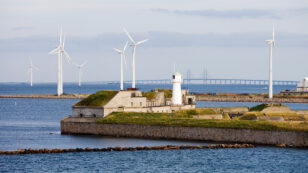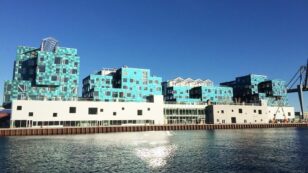
Why Your Next Car Is a Bike
By Carlo Ratti, Ida Auken On the window of a bike shop in Copenhagen, a sign reads: Your next car is a bike. More than 62 percent of Copenhageners cycle to work in one of the most bike-friendly cities in the world, and the municipality is actively investing in new bike lanes and green light […]

 233k
233k  41k
41k  Subscribe
Subscribe 




